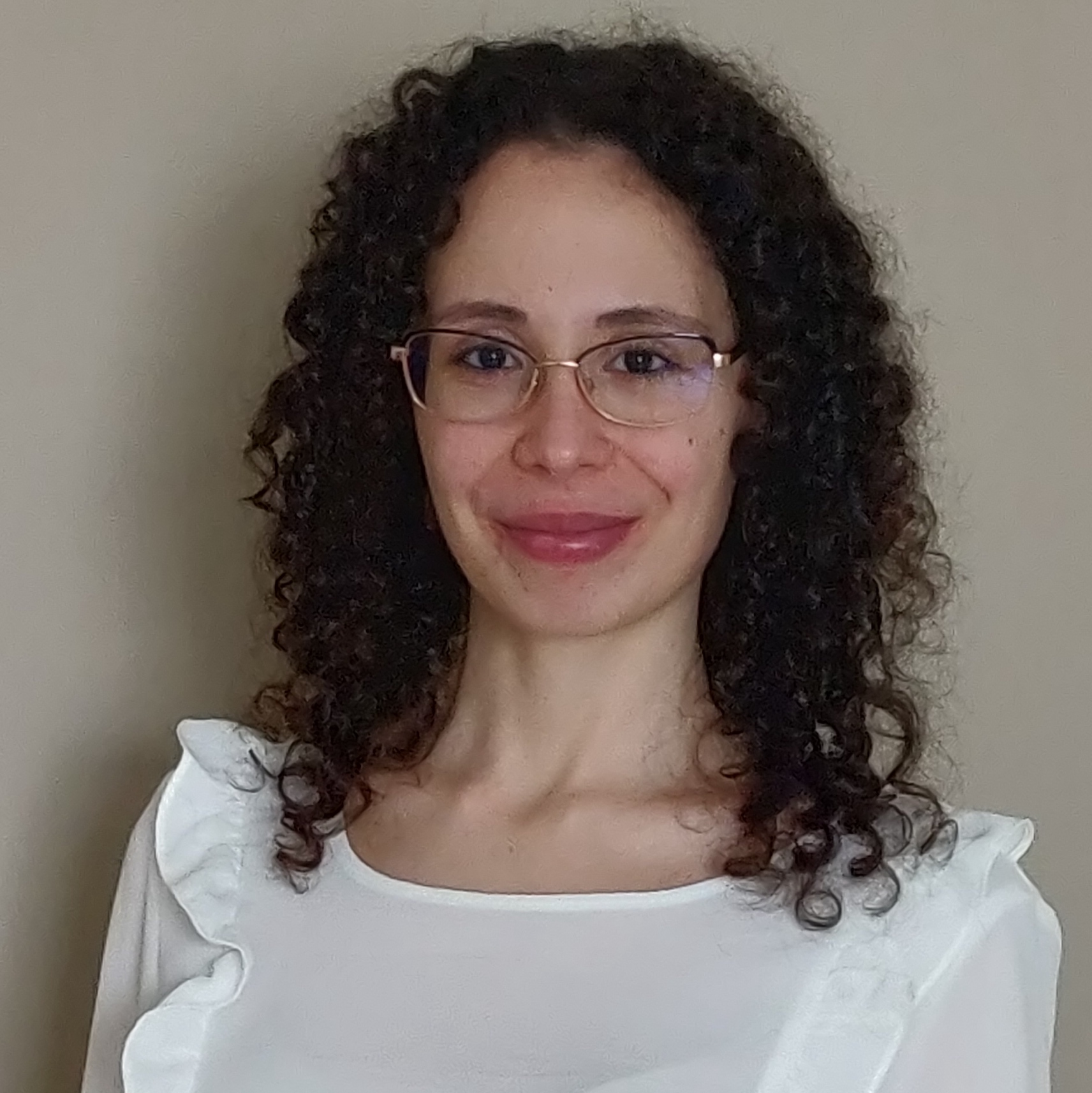Marie Skłodowska-Curie Action
This page contains all the news related to my Marie Skłodowska-Curie Action on Topological Effects in Bosonic LAttices (TEBLA).
The project was funded under the European Union's Horizon 2020 research and innovation programme and conducted between 1st June 2021 and 31st May 2023.
Topology is a branch of mathematics that investigates geometric shapes that withstand deformation, like a coffee mug that retains the hole in its handle no matter how you deform it. In the last few decades, topology has been successfully applied to materials. "Topologically protected" electrons have led to topological insulators that are insulating on the inside and conducting on the outside, where electrons resist impediments to their flow. Recently, analogous phenomena have been explored with photons. The project studied emergent topological effects in photonic lattices seeking to unveil novel lasing phenomena and topological fluids of light. Specifically, the research focussed on the exploration of topology and quantum geometry in the context of non-Hermitian bosonic systems, in particularly nanoplasmonic lattice systems. The project analysed the existence and behaviour of bound states in the continuum (BICs) and their interaction with the geometry and the non-Hermitian losses in plasmonic lattices. Additionally, the project investigated the potential of inducing topological transitions in the lasing regime of these systems. The significance of this research lies in its potential impact on various technological and scientific domains. The comprehension and the control of topological nanoplasmonic lattice systems can lead to the development of highly efficient nanolasers and ultrasensitive sensors. Such advancements have far-reaching implications, revolutionizing fields such as communication or environmental monitoring. Furthermore, the exploration of topological phenomena in plasmonic lattices opens up the way for topological photonics, offering robust and efficient means of information transport and processing. Advancements in these areas hold the promise of improving the quality of life, driving economic growth, and promoting sustainable and innovative technologies.
The overall objectives of the project were twofold:
a) Investigate models of interacting bosons in a lattice with non-trivial quantum geometry.
b) Examine the effects of topology and quantum geometry on non-Hermitian bosonic systems, particularly nanoplasmonic lattice systems, with a focus on their lasing properties.
In conclusion, this project aimed at advancing our understanding of how quantum geometry influences the behaviour of interacting bosonic systems in a lattice, with implications for coherence and correlations in a diverse range of condensed matter and quantum materials. Moreover, the study endeavours to expand our knowledge of topological and quantum phenomena in nanoplasmonic lattice systems, opening up opportunities for transformative technological innovations and contributing to the progress of fundamental research in condensed matter physics.
-
All-optical switch at the two-photon limit
As part of my Marie-Curie Action TEBLa, I explore the properties of a photonic system on a lattice.
-
Drude weight and the many-body quantum metric published
As part of my Marie-Curie Action TEBLa, I explore the superfluid properties of a many-body bosonic system on a lattice in connection with the many-body quantum geometric tensor.
-
Bloch Oscillations in Synthetic dimensions is now published
As part of my Marie-Curie Action TEBLa, I explore properties of bosonic lattices in synthetic dimensions.
-
Grazia invited at the Humboldt Kolleg on Synthetic Quantum Matter
This July at the Humboldt Kolleg on Synthetic Quantum Matter held in Vilnius, Lithuania, Grazia will talk about Topological bound states in the continuum of plasmonic lattices.
-
New article on superfluidity in flat band condensates
As part of my Marie-Curie Action TEBLa, I am thrilled to investigate the role of the quantum geometry in the properties of Bose-Einstein condensates in flat bands.
-
Talk at APS March Meeting
This March Grazia will give a talk in Las Vegas at the APS March Meeting. See you there!
-
Salernitani nel mondo
I was interviewed by an Italian radio program on Radio Alfa to talk about my research and in general about my life as a researcher living away from Italy and my hometown, Salerno.
-
Topological transition in lasing from BIC modes published in PRL
As part of my Marie-Curie Action TEBLa, I am thrilled to investigate the role of topology in lasing effect of nanoscale photonic systems.
-
Grazia invited to the Irish Theoretical Physics Conference
This May at the Irish Theoretical Physics Conference held at the Dublin Institute for Advanced Studies in Ireland, Grazia will talk about Quasi-BIC mode lasing in plasmonic lattices.
-
Lasing from a bound-state in the continuum of a plasmonic lattice published
As part of my Marie-Curie Action TEBLa, I am thrilled to investigate the role of topology in lasing effect of nanoscale photonic systems.
-
Sant Feliu
BEC is a biennial conference on Bose-Einstein Condensation open to all scientists interested in this field. This outstanding scientific forum provides participants with the possibility to share the latest developments. The 2021 edition is chaired by Prof. Päivi Törmä, and Grazia is part of the organizing team from Aalto University....
-
Follow Grazia's talk
This June Grazia is invited to talk at the Kavli Institute for Theoretical Physics on a program on Interacting Topological Matter: Atomic, Molecular and Optical Systems.
-
Project TEBLA starts
My Marie Skłodowska-Curie Action on Topological Effects in Bosonic LAttices (TEBLA) officially starts today!

